Portuguese Historical Museum
Introduction
Text-to-speech Audio
Images
The Portuguese Historical Museum at the Imperio (image from History San Jose)
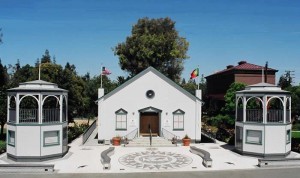
The Imperio plaza's compass rose (image from the Portuguese Historical Museum)
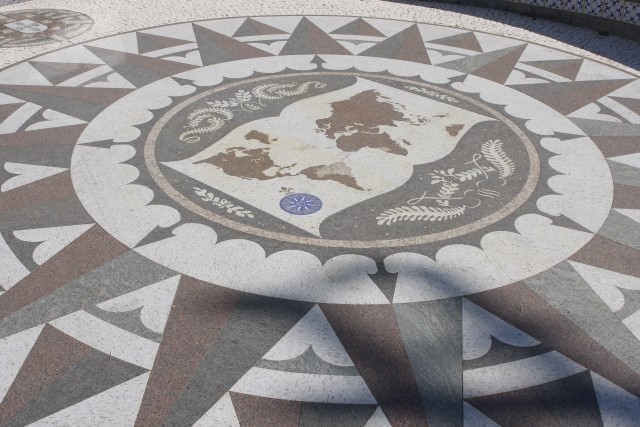
An exhibit featuring traditional Portuguese clothing (image from the Portuguese Historical Museum)
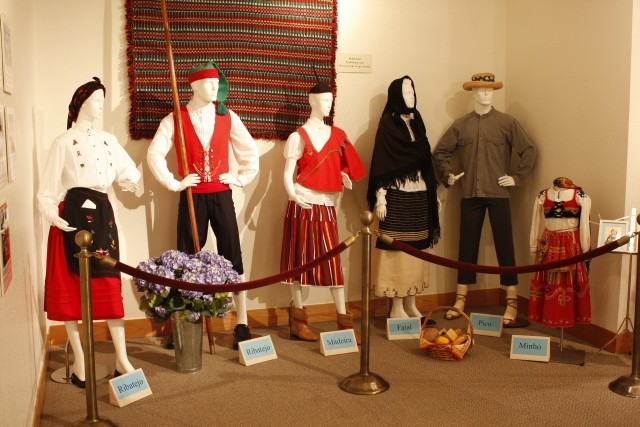
One of the rotating exhibits of the museum (image from the Portuguese Historical Museum)
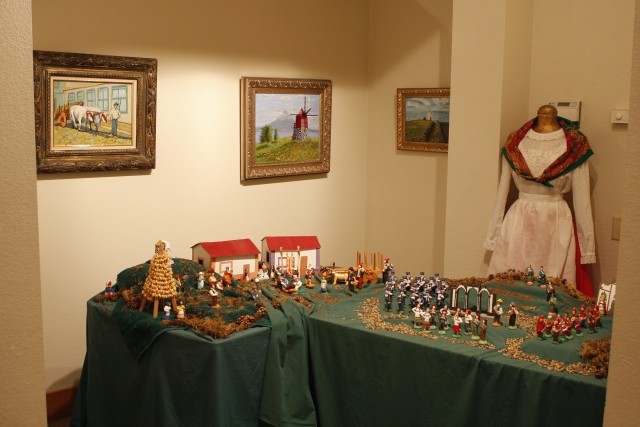
Whale mosaic on the plaza (image from the Portuguese Historical Museum)
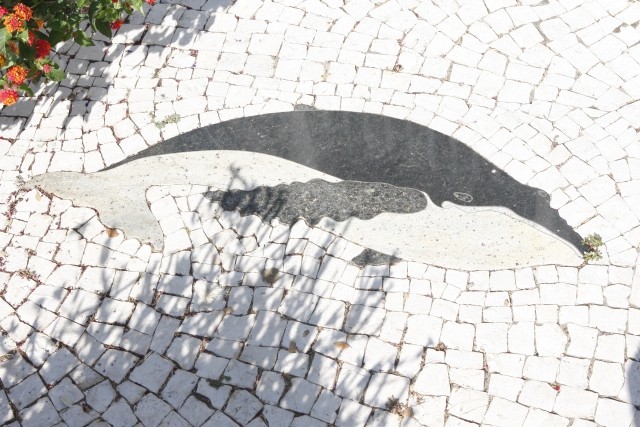
Five Wounds Church and the original Imperio (image from Portuguese Historical Society of California)
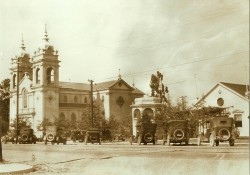
Backstory and Context
Text-to-speech Audio
Portuguese settlers arrived in the Santa Clara Valley in the mid-nineteenth century, and immigration increased substantially after the 1870s. Most of the early Portuguese immigrants came from the Azores Islands in the Atlantic, who worked aboard American whaling ships or were recruited to work on sugar plantations in what is now the state of Hawaii. At the time, Portugal's poverty rate and taxes were high, literacy rates were abysmally low, and men were required to serve for eight years in the military; all of these factors helped spur emigration from the country. The peak of Portuguese immigration came after the Cape Verde Islands' drought at the turn of the twentieth century. Though the United States stricter immigration laws in the 1920s and the Great Depression in the 1930s discouraged new arrivals for a time, when the Azores were struck by a volcanic eruption in 1958, many refugees moved to America.
Portuguese Californians tended to settle in rural areas, establishing farms and hiring fellow countrymen for labor, which helped preserve a sense of cultural identity and community. Though there are many famous Portuguese Americans, it is the lives of the everyday immigrants and their descendants which are the focus of the 3,200 square foot Portuguese Historical Museum. The museum's collection includes photographs, diaries, newspaper clippings, and items used in the daily lives of local Portuguese immigrants. This collection serves as the core of the permanent exhibits on the Portuguese in the Gold Rush, in the California Whaling Industry, in the California Dairy Industry, the construction of the Five Wounds Portuguese National Church, the Holy Ghost Festas, and Benevolent Societies, as well as individual stories. The museum displays temporary additions from other parts of the state and the nation, as well as from Portugal. The museum also hosts cultural programs.
The
museum is housed in a reconstruction of the first permanent imperio (Chapel of the Holy Spirit) in
San Jose, constructed in 1915. The Portuguese Historical Museum was dedicated
and officially opened on June 7, 1997, a date now celebrated as the annual
Portuguese Festival. The original Imperio stood at East Santa Clara Street and
U.S. Highway 101. In addition to its role in religious activity, the Imperio
was a gathering place for social and cultural activity. The reconstructed altar
in the museum is a focal point for an exhibit on the Holy Ghost celebrations
and their significance in Portuguese tradition. Not only the building, but its
grounds, were reconstructed for the museum, including a pair of bandstands and
a plaza featuring a 19-foot granite replica of the Compass Rose (Rosa dos Ventos) of Lisbon.
Sources
1. History San Jose. "Portuguese Historical Museum at the Imperio." Accessed January 26, 2017. http://historysanjose.org/wp/plan-your-visit/history-park/portuguese-historical-museum-at-the-imperi....
2. Norden, Ernest E. "Portuguese Americans." World Culture Encyclopedia: Countries and their Cultures. Accessed January 27, 2017. http://www.everyculture.com/multi/Pa-Sp/Portuguese-Americans.html.
3. Portuguese Heritage Society of California. Portuguese Historical Museum official
website. Accessed January 26, 2017. http://www.portuguesemuseum.org/.
